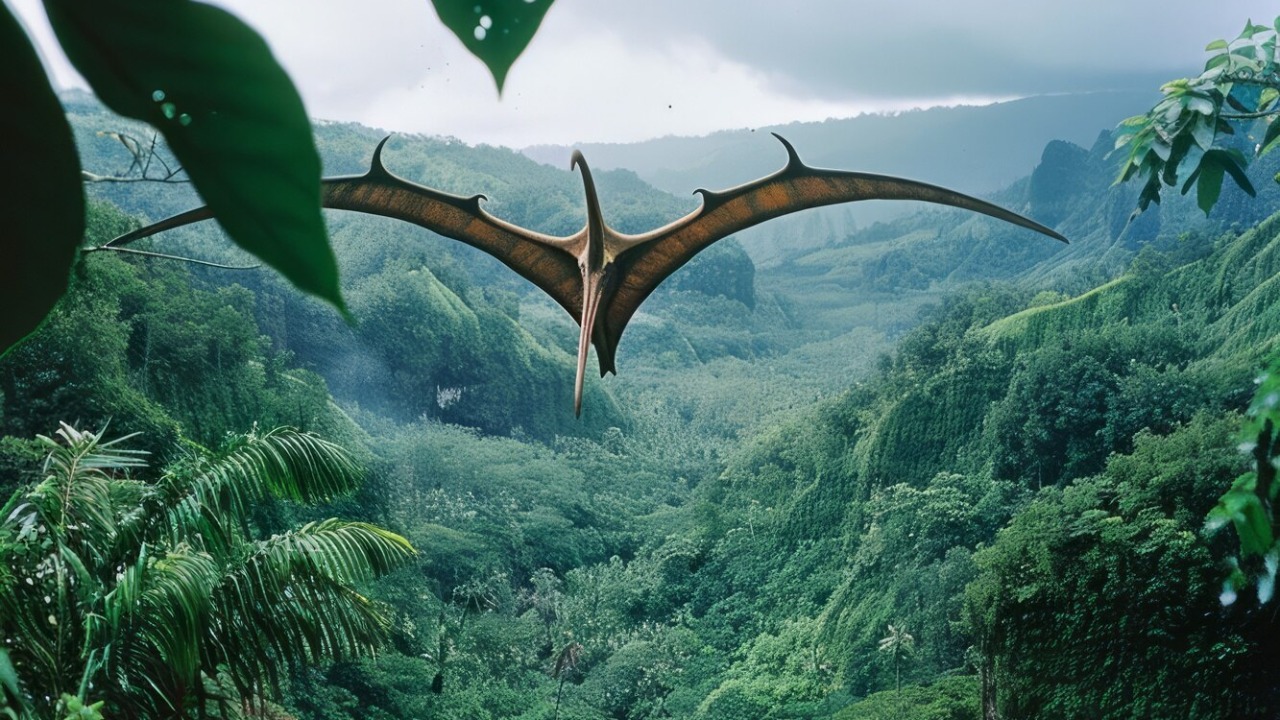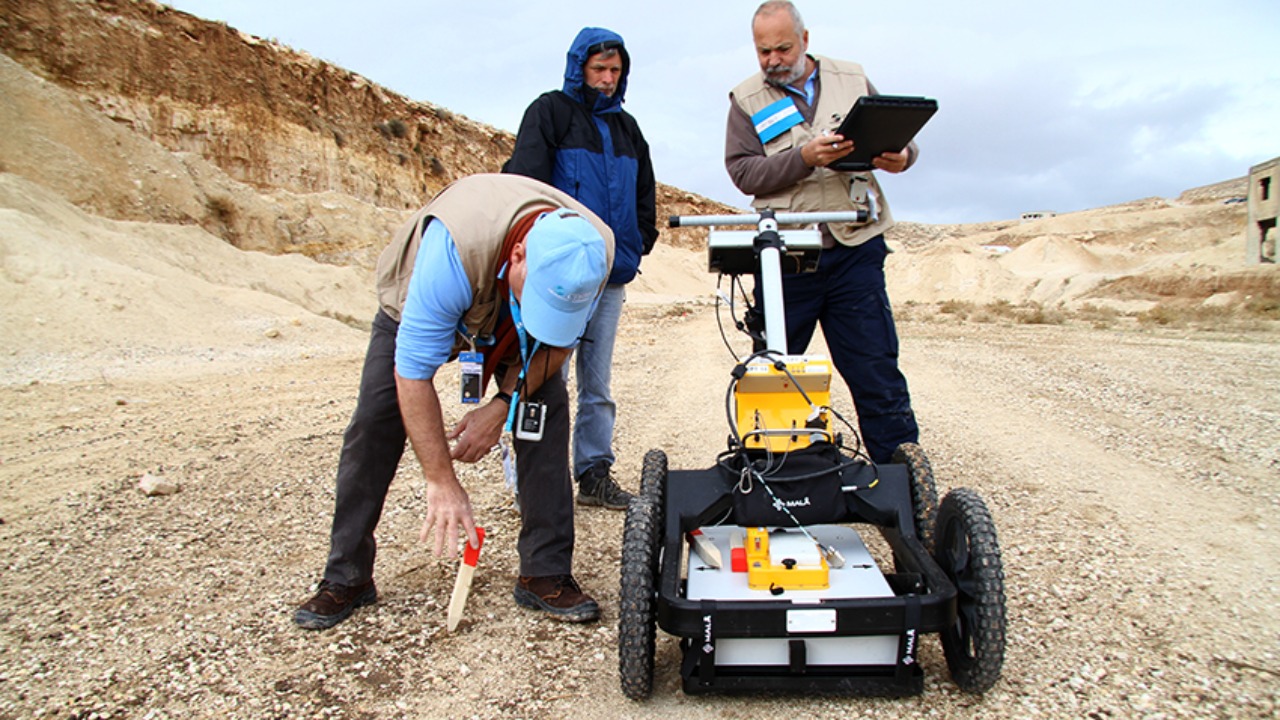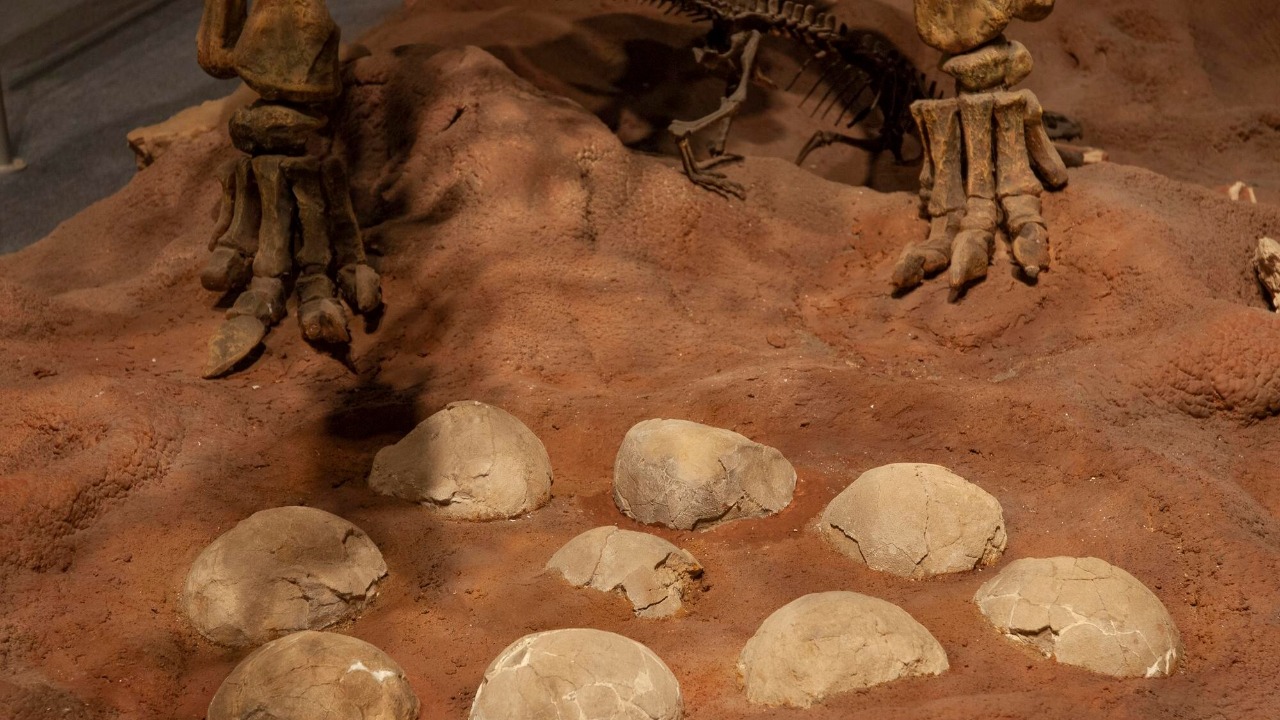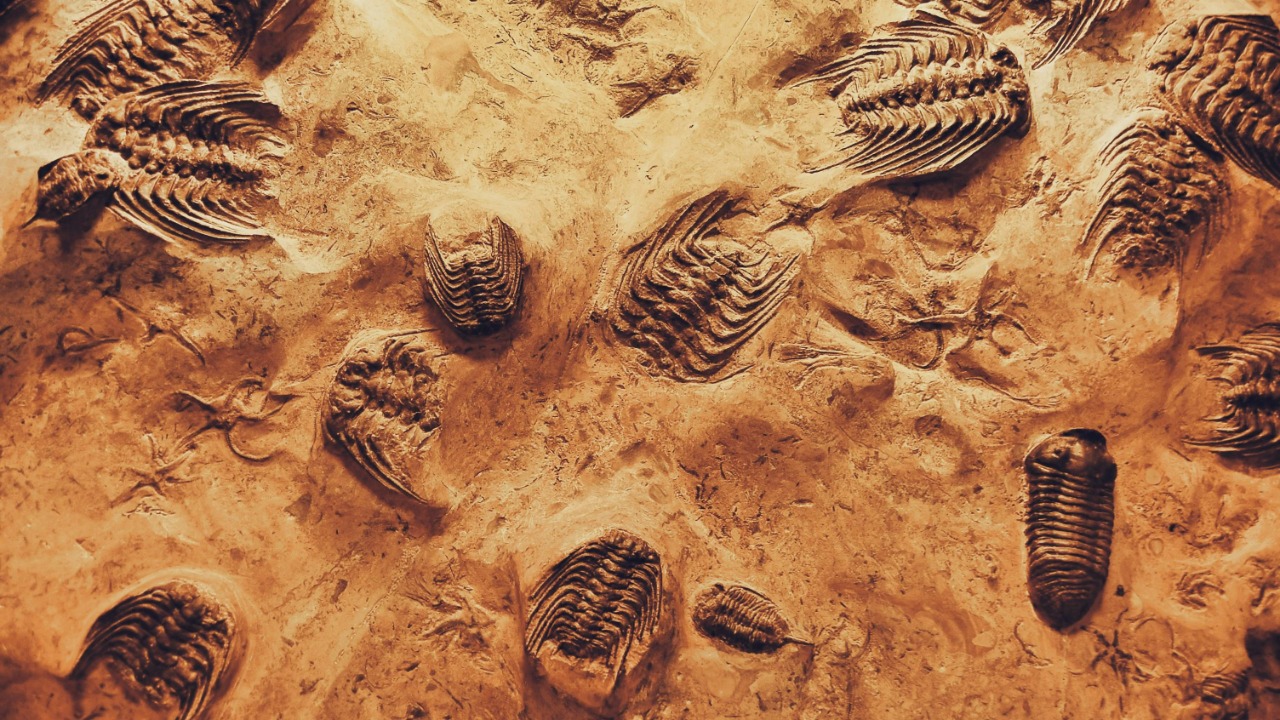
Scientists have made a groundbreaking discovery in the Arctic, unearthing dinosaur eggs in a region previously thought inhospitable to such life. This finding challenges existing theories about dinosaur habitats and opens new avenues for understanding prehistoric life in extreme climates. The implications of this discovery stretch far beyond the initial excitement, offering rich insights into the adaptability and survival strategies of dinosaurs.
The Discovery of Arctic Dinosaur Eggs

The remarkable discovery of dinosaur eggs in the Arctic took place in a remote area characterized by its harsh and unforgiving climate. This excavation site was located on the northern slopes of Alaska, where researchers braved sub-zero temperatures and challenging terrain to unearth these prehistoric relics. The process of excavation was meticulous, involving specialized tools to carefully extract the fragile eggs from their icy encasement without causing damage.
The significance of this find cannot be overstated. Traditionally, it was believed that dinosaurs thrived only in warm, temperate climates. The presence of dinosaur eggs in the Arctic suggests that these ancient creatures were far more adaptable than previously understood. This discovery challenges long-held assumptions about the geographic distribution of dinosaurs and opens up new lines of inquiry regarding their ability to thrive in diverse and extreme environments. The find is unique not only because of its location but also because it adds invaluable data to the study of dinosaur habitats, similar to other significant egg discoveries around the world.
Implications for Dinosaur Habitats

This discovery necessitates a reevaluation of how adaptable dinosaurs might have been to cold climates. Previously, it was thought that their ectothermic nature would have limited them to warmer regions. However, the Arctic eggs suggest that dinosaurs may have possessed physiological adaptations allowing them to withstand colder temperatures. This adaptability could imply that some species had a broader habitat range than previously assumed.
There is also the intriguing possibility that certain dinosaur species engaged in seasonal migration, akin to modern birds, to exploit different resources available in varying climates. This theory posits that dinosaurs might have moved between the Arctic and more temperate regions as seasons changed, which would have provided them with a sustainable food supply year-round. Such behaviors would align with findings of ancient birds nesting in the Arctic millions of years ago.
The impact of this discovery on Arctic paleontology is significant. Traditionally, the focus has been on more temperate areas rich in dinosaur fossils. This new evidence is likely to spur increased interest and funding for research in the Arctic, as scientists seek to uncover more about the life that once thrived there. The potential for similar discoveries could transform our understanding of prehistoric life in these remote regions.
Technological Advances in Paleontology

The breakthrough in the Arctic was made possible by cutting-edge technology and modern techniques in paleontology. Advanced ground-penetrating radar and 3D imaging tools allowed scientists to locate the eggs buried beneath layers of ice and sediment. Once identified, the extraction process was carefully monitored using high-resolution cameras and laser scanning equipment, ensuring minimal disruption to the fragile specimens.
These technological advancements are revolutionizing the field of paleontology, enabling researchers to make discoveries that were once thought impossible. For example, recent finds in Antarctica have reshaped our understanding of marine reptile evolution. Such technologies are not only aiding in the discovery of new fossils but also allowing for more detailed analysis and preservation of existing finds, thus providing deeper insights into prehistoric life.
Looking ahead, continuous technological progress promises to unlock further secrets from our planet’s distant past. As tools become more sophisticated, paleontologists will be able to explore previously inaccessible areas, potentially leading to groundbreaking discoveries. The Arctic eggs are a testament to how technology can expand the boundaries of scientific exploration.
Insights into Dinosaur Reproduction

The characteristics of the Arctic dinosaur eggs offer a window into the reproductive behavior of these ancient creatures. The eggs are surprisingly well-preserved, allowing scientists to analyze their structure and composition. The shell thickness, porosity, and overall size provide clues about the incubation period and nesting behaviors of the dinosaurs that laid them.
When compared to other prehistoric eggs, like those found at a Chinese construction site, the Arctic eggs reveal both similarities and differences in reproductive strategies. For instance, the Arctic eggs appear to have a thicker shell, which may have been an adaptation to protect against the colder climate. These findings could help scientists piece together the evolutionary lineage of dinosaur reproduction, offering insights into how these strategies evolved to suit different environments.
The evolutionary implications are profound. Understanding the reproductive adaptations of dinosaurs can shed light on their survival strategies and how they might have evolved in response to changing climates. This knowledge enhances our understanding of dinosaur ecology and their place in the broader evolutionary narrative.
Broader Impact on Understanding Prehistoric Life

The discovery of dinosaur eggs in the Arctic contributes significantly to the field of evolutionary biology, particularly concerning life in extreme environments. These findings challenge the notion that life in prehistoric times was limited to specific climatic zones, suggesting a more complex and interconnected ecosystem than previously thought.
Interdisciplinary collaborations are essential in unraveling the mysteries of such discoveries. Paleontologists, climatologists, and other scientists must work together to interpret the data, considering not just the biological aspects but also the climatic and geological contexts. Such collaborations are crucial for developing a holistic understanding of the past and how it informs our knowledge of the present and future.
Public interest in these discoveries is also on the rise. The allure of dinosaurs and their prehistoric world captivates the imagination, offering educational opportunities to engage people of all ages. Schools, museums, and media outlets can leverage these findings to create programs that inspire curiosity and learning about Earth’s ancient past.